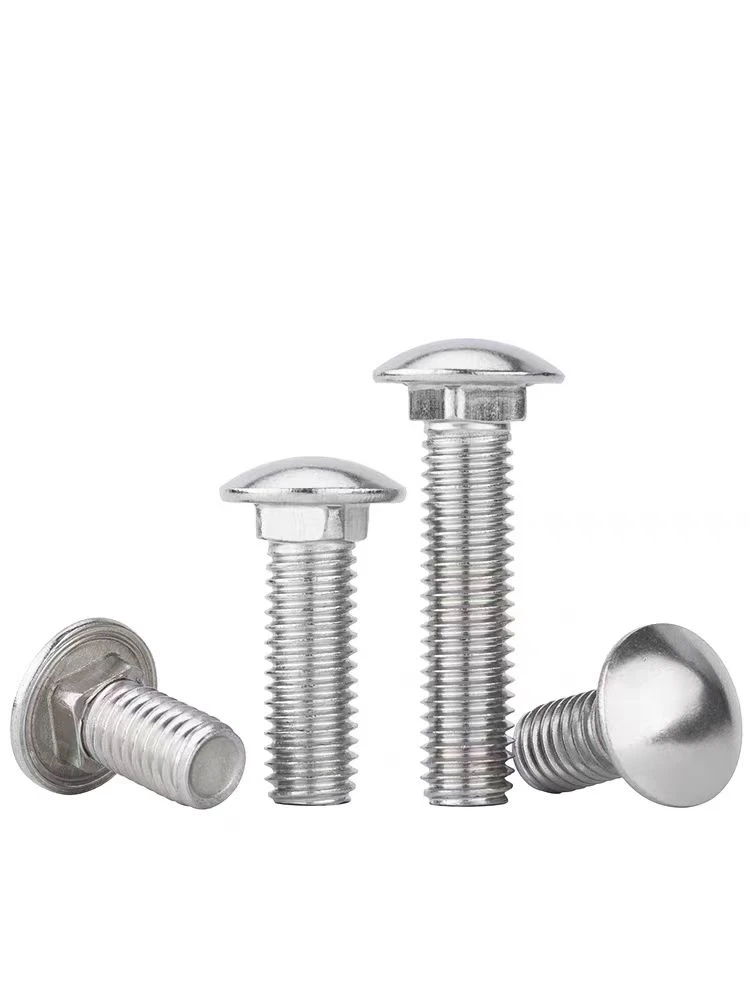

Exploring the Essential Role of Fasteners in Various Applications and Industries Today
Aug . 13, 2024 19:41 Back to list
Exploring the Essential Role of Fasteners in Various Applications and Industries Today
The Importance of Fastener Use in Modern Applications
Fasteners, the unsung heroes of engineering and construction, play a crucial role in a multitude of applications spanning various industries. From the assembly of small electronic devices to the construction of skyscrapers, the effective use of fasteners is essential. This article explores the significance of fasteners, their types, applications, and the factors influencing their selection in modern manufacturing and construction.
Fasteners are hardware devices that mechanically join or secure two or more components together. They come in various shapes and sizes, with the most common types being screws, bolts, nuts, washers, rivets, and clips. Each type serves a specific purpose, and the choice of fastener often depends on factors such as the materials being joined, the required strength of the bond, environmental conditions, and the intended use of the assembled product.
One of the primary reasons fasteners are crucial is their ability to provide structural integrity. In construction, for example, every beam, truss, and joint relies on fasteners to maintain stability and safety. The failure of a single fastener can lead to catastrophic consequences, making it imperative for engineers to select the right type and grade of fastener for their projects. In recent years, advancements in materials engineering have led to the development of high-strength fasteners that can withstand extreme loads and environmental conditions, thereby enhancing the durability of structures.
In the automotive industry, fasteners are similarly vital. Vehicles are subject to constant vibration and stress during operation, so using the appropriate fasteners ensures that components remain securely attached under these conditions. Engineers must consider factors like corrosion resistance and fatigue strength when selecting fasteners for different parts of a vehicle. For instance, components exposed to moisture may require stainless steel or coated fasteners to prevent rust and degradation over time.
fastener use

The electronics sector also heavily relies on fasteners, albeit in a different manner. Small screws and snap-fit fasteners are often used to hold together delicate components within devices like smartphones and laptops. Here, precision in fit and the ability to withstand thermal expansion and contraction are critical to maintaining functionality and preventing damage. Innovative design approaches have led to the utilization of fasteners that not only secure components but also facilitate easier disassembly for repairs and recycling.
Another significant consideration in fastener use is the trend towards sustainability
. As industries strive to reduce their environmental footprint, the selection of fasteners is increasingly influenced by their impact on recyclability and longevity. Manufacturers are now looking for fasteners made from recycled materials and developing new types that can be reused multiple times without any loss of integrity.Moreover, the growing trend of automation and advanced manufacturing techniques, such as 3D printing, has introduced new challenges and opportunities for fastener use. As designs become more complex, traditional fastening methods may not be suitable. Thus, engineers are exploring innovative fastening solutions, such as adhesive bonding and innovative mechanical fastening systems, to meet these demands.
In conclusion, fasteners are a fundamental element in the production and assembly of countless products across various industries. Their careful selection and implementation directly influence the performance, safety, and longevity of structures and devices. As technology advances and sustainability becomes a pressing concern, the field of fastener technology will continue to evolve, ensuring that they remain an integral part of modern engineering and manufacturing practices. Understanding the complexities of fastener use is vital for professionals in the field as they strive to create robust and efficient solutions in an ever-changing landscape.
Latest news
-
Premium Fasteners Manufacturer | AI-Driven Solutions
NewsAug.01,2025
-
Hot Dip Galvanized Bolts - Hebei Longze | High Strength, Corrosion Resistance
NewsAug.01,2025
-
High-Strength Hot Dip Galvanized Bolts - LongZe | Corrosion Resistance, Custom Sizes
NewsAug.01,2025
-
Best Self Tapping Screws for Drywall - Fast & Secure Installation
NewsJul.31,2025
-
High-Strength Hot Dip Galvanized Bolts-Hebei Longze|Corrosion Resistance&Customization
NewsJul.31,2025
-
Hot Dip Galvanized Bolts-Hebei Longze Metal Products|Corrosion Resistance&High Strength
NewsJul.31,2025

